About IDI
Our Cross-Cutting Priorities
Our Results
Meet the IDI Board
IDI's Board is composed of ten members from different supreme audit institutions. Get to know them better in our "Meet the Board" series.
Based on the outcomes of Phase I, SAIs have selected up to seven of the following 'envelopes' offered by the IDI for implementation in Phase II. Taken together these will facilitate sustainable performance audit practice for the SAI.
The seven envelopes are interlinked - strategic and annual performance audit plans help SAIs determine their audit focus and audit portfolio that is responsive and relevant to stakeholder expectations, SAI mandate, and their environment.
Such plans require an adequate number of competent performance auditors to implement them. An SAI also needs a well-tested ISSAI-compliant audit methodology for the auditors to conduct audits as per plans. A system of audit quality management is a prerequisite for ensuring audit quality, meeting quality objectives, providing learning loops and providing evidence-based assurance of the quality of the SAI’s audit practices. However, conducting high-quality performance audits alone will not suffice. SAIs would need a robust follow-up system to follow up on their audit recommendations and determine the nature of audit impact they seek, as well as ways in which they wish to measure impact and demonstrate the value of the performance audit practice.
IDI supports each SAI in finding a ‘ fit for purpose’ solution by combining the seven envelopes. The solution is be determined by the SAI leadership based on the needs assessed during Phase I of the Initiative, their vision for the future and the resources available. The IDI has proposed a strategic approach for implementing the Initiative, which emphasises promoting ownership of the Initiative by SAIs and encouraging active leadership involvement, thus fostering a sustainability of outcomes.
Let us take a closer look at these envelopes, exploring them in a more detail:

Many SAIs allocate most of their resources to financial and compliance auditing since these are mandatory. This leaves few resources for conducting performance audits. Consequently, there is often a lack of awareness amongst key stakeholders of the SAI about the nature and value of performance auditing.
There has also not been a recognised professional qualification for performance auditors, and countries do not have professional bodies that recognise PA practices.
With the help of the first envelope, we shall start moving performance auditing from the backseat to, if not the driver's seat, then certainly to one of the front seats in the SAI landscape. Let us face it: other interventions may not realise their full potential without this foundational step.

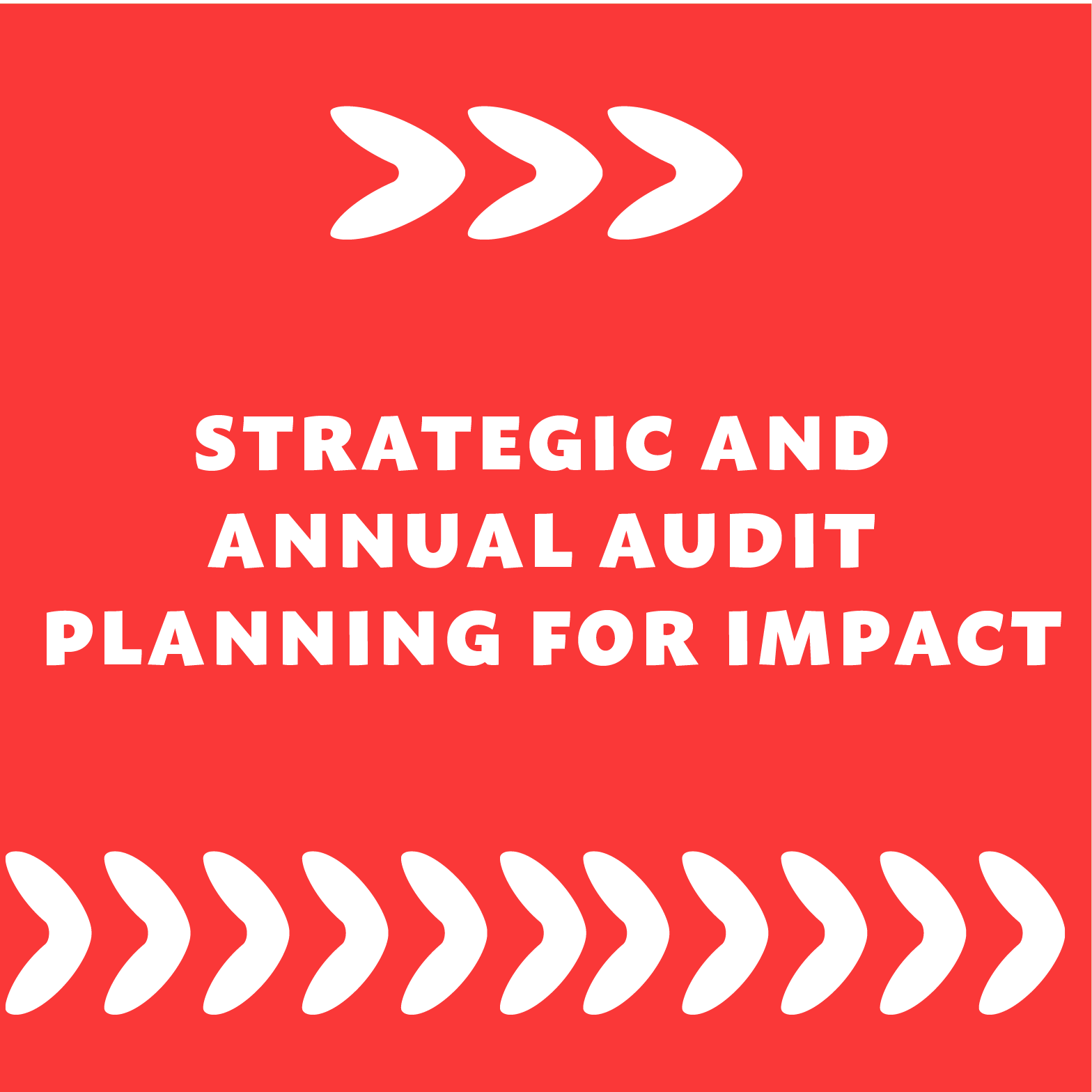
Strategic and annual audit planning: Standards guide SAIs in picking audit topics using a strategic approach, considering factors like risk and potential impact. But as we said, performance auditing does not exist in a vacuum. It is part of a trio that includes financial and compliance audits.
We suggest that SAIs take a step back and look at the big picture to determine the unique value each type of audit brings. Once we have that clarity, giving performance audits their due space in the audit universe is simpler, ensuring they are not just getting the leftovers of resources.
This envelope is here to help sketch out a blueprint for performance audit goals and match them with the skills we need to hit those targets. So, if our performance audits are currently backstage, but we aim for the spotlight, the audit strategy should offer a map to that destination.
To facilitate the strategic and annual audit planning process, the IDI has developed and made available to SAIs a playbook on ‘Planning for Audit Impact’. We chose to write a playbook because there is no one given way of setting up and operating a system of strategic and annual audit planning. While the end goals of the process are the same, different SAIs will choose different approaches which are fit for purpose for their context and capacities. While pointing to good practice and standards, where applicable, this playbook reflects on different ways and examples (‘plays’) of achieving the intended objective and provides considerations for SAIs to select fit-for-purpose solutions.

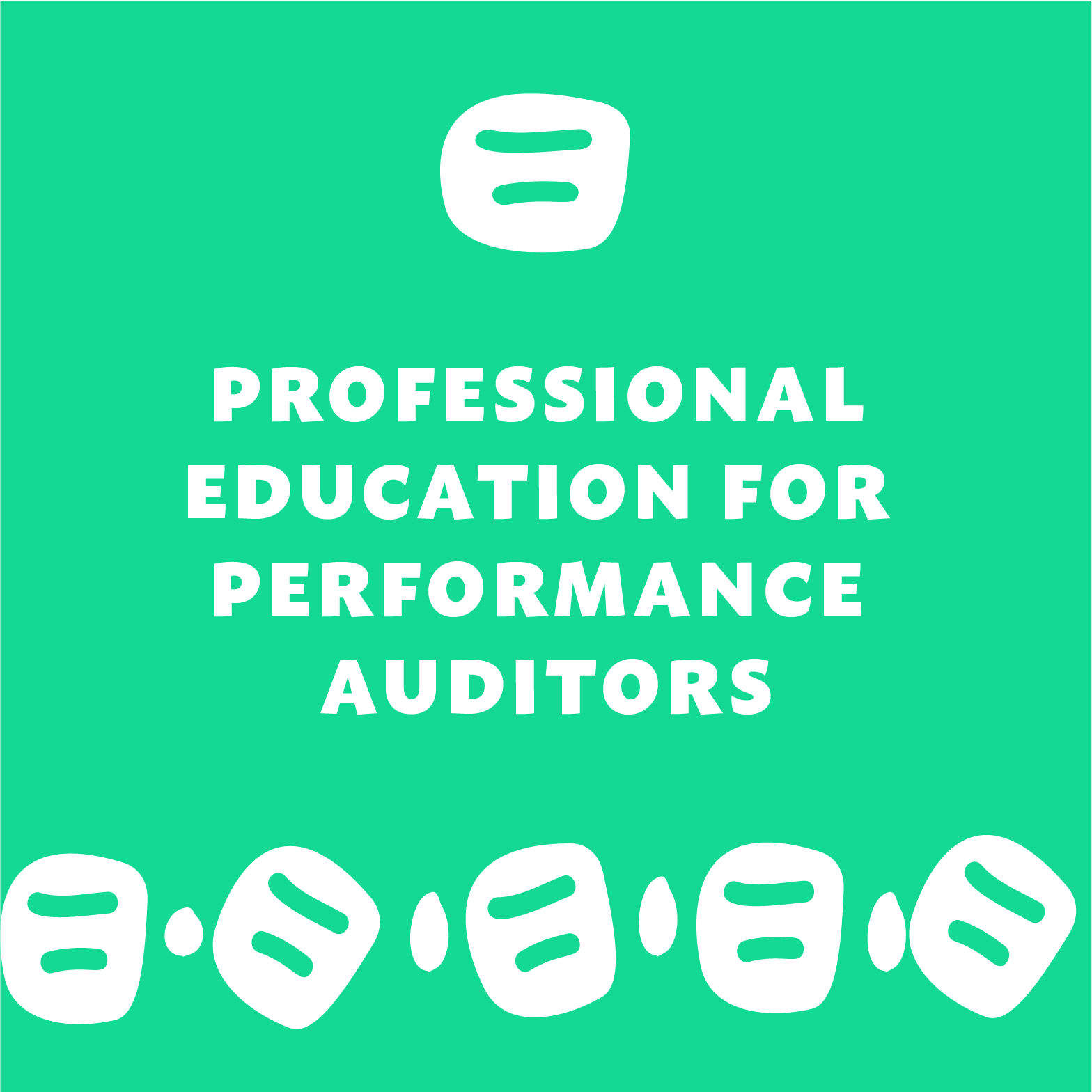
Our second envelope zooms in on what it truly means to be a professional performance auditor. We map out the skills needed to reach our strategic milestones, using ISSAI 150 as our foundation, or saying it professionally – we ladder, update and/or establish competency frameworks. Then we assess current competency levels within SAIs, scrutinize professional growth plans for each level, and identify gaps. We partner with SAIs to embrace PESA certification, marking it as a key steppingstone in an auditor's professional journey.

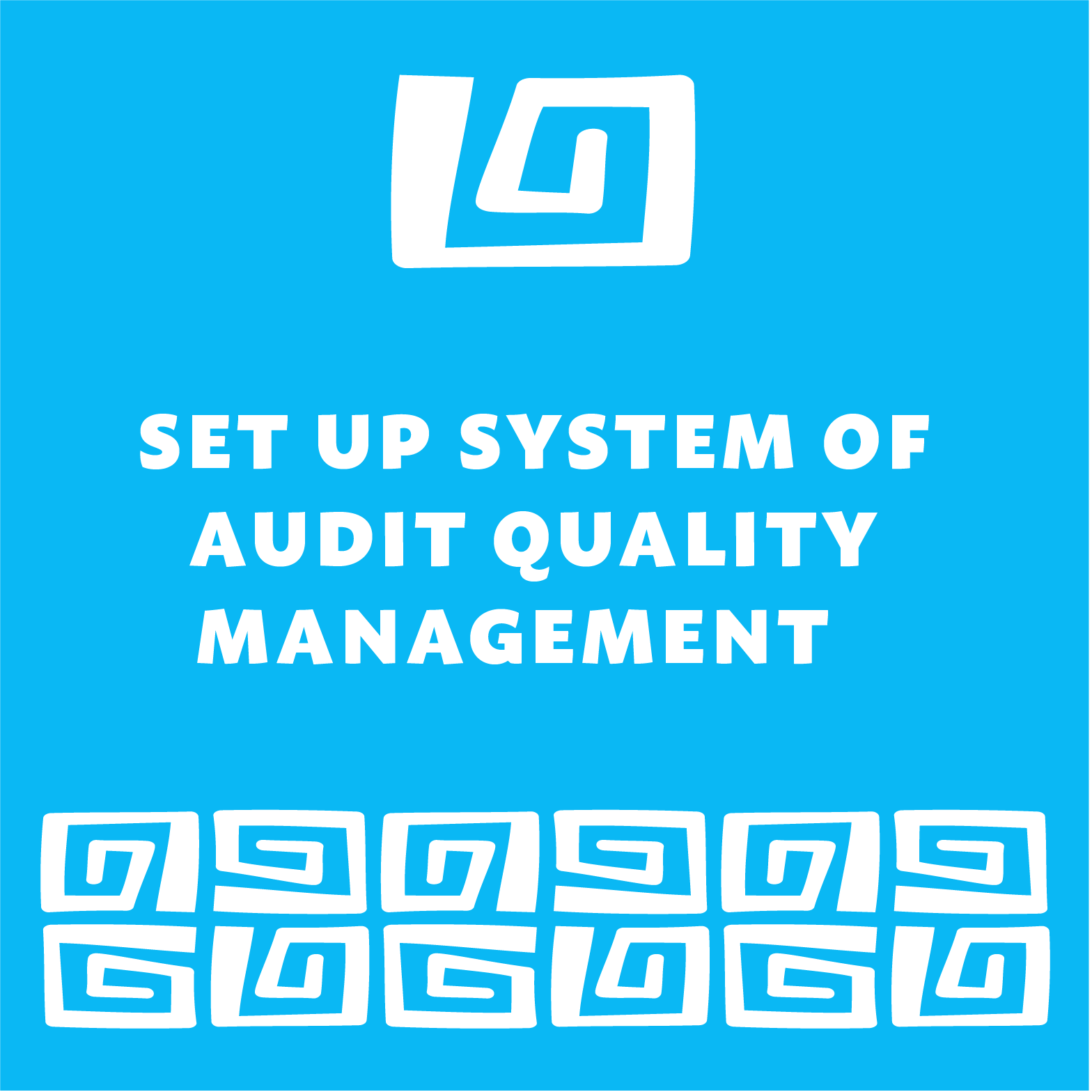
On the front of audit quality management, the horizon is changing with the new ISSAI 140. We navigate SAIs through this evolution from a traditional quality control model to an all-encompassing quality management, ensuring alignment with the new standard. We explore how to integrate performance audit quality aspects within the SAI's overarching quality management system by examining quality objectives, risk assessment, and other critical components of the system.

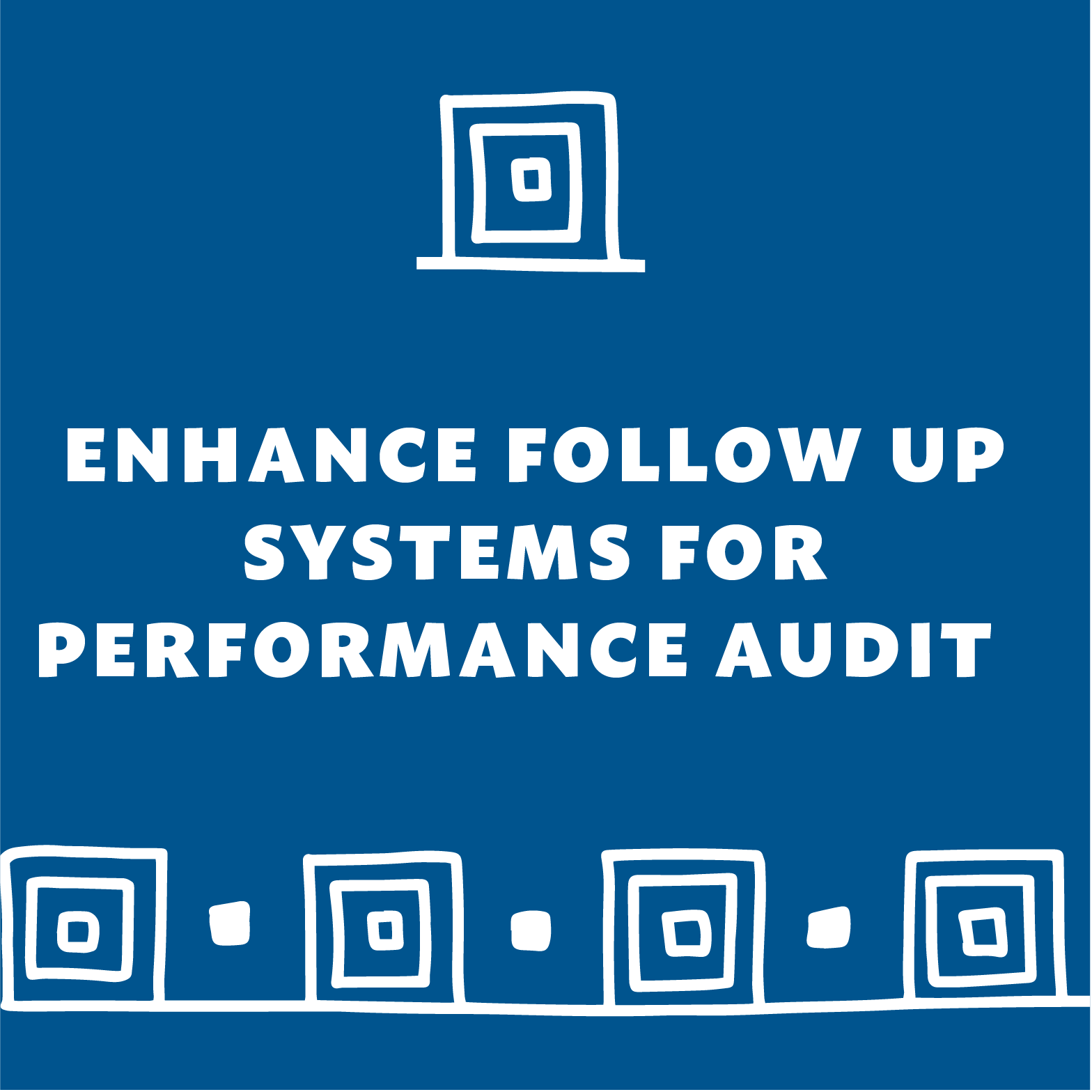
We recognize that the greatest risk in performance auditing is the risk of not making a meaningful difference or impact. The journey does not end with the release of an audit report. We are committed to aiding SAIs in implementing an impact assessment framework that goes beyond the final document, to assess the effects of performance audits. IDI provides SAIs with an Impact Assessment Model that can be tailored and effectively integrated into their national contexts. This involves seeking out innovative and substantial ways to engage with stakeholders during the follow-up process.

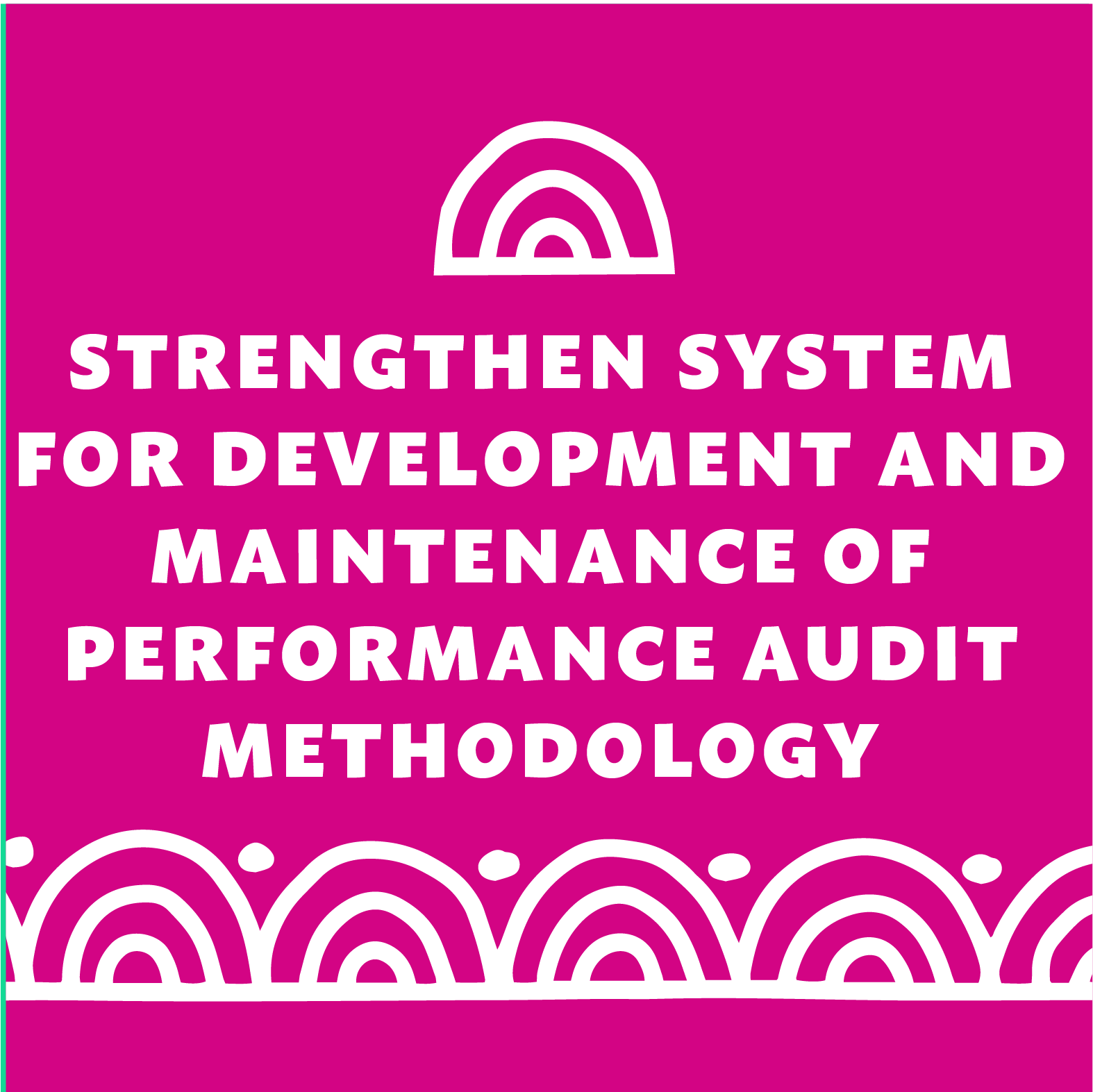
SAIs do have methodologies, but sometimes they are like an unread classic novel - respected but not always practical. We draw more attention to:
Integrating ISSAIs within the unique national contexts.
Focus on uniform tools and techniques that help auditors navigate the requirements of standards more easily.
Better integrate supervision and quality reviews in audit workflow and
Turn methodologies into living documents, evolving with lessons learned, like a software update that brings new features and fixes bugs.
Above all, performance audit methodologies should be user-friendly because even auditors appreciate a little ease in their workday! Our goal is to establish a system that keeps the methodology book not just on the shelf but opened, annotated, and used daily.

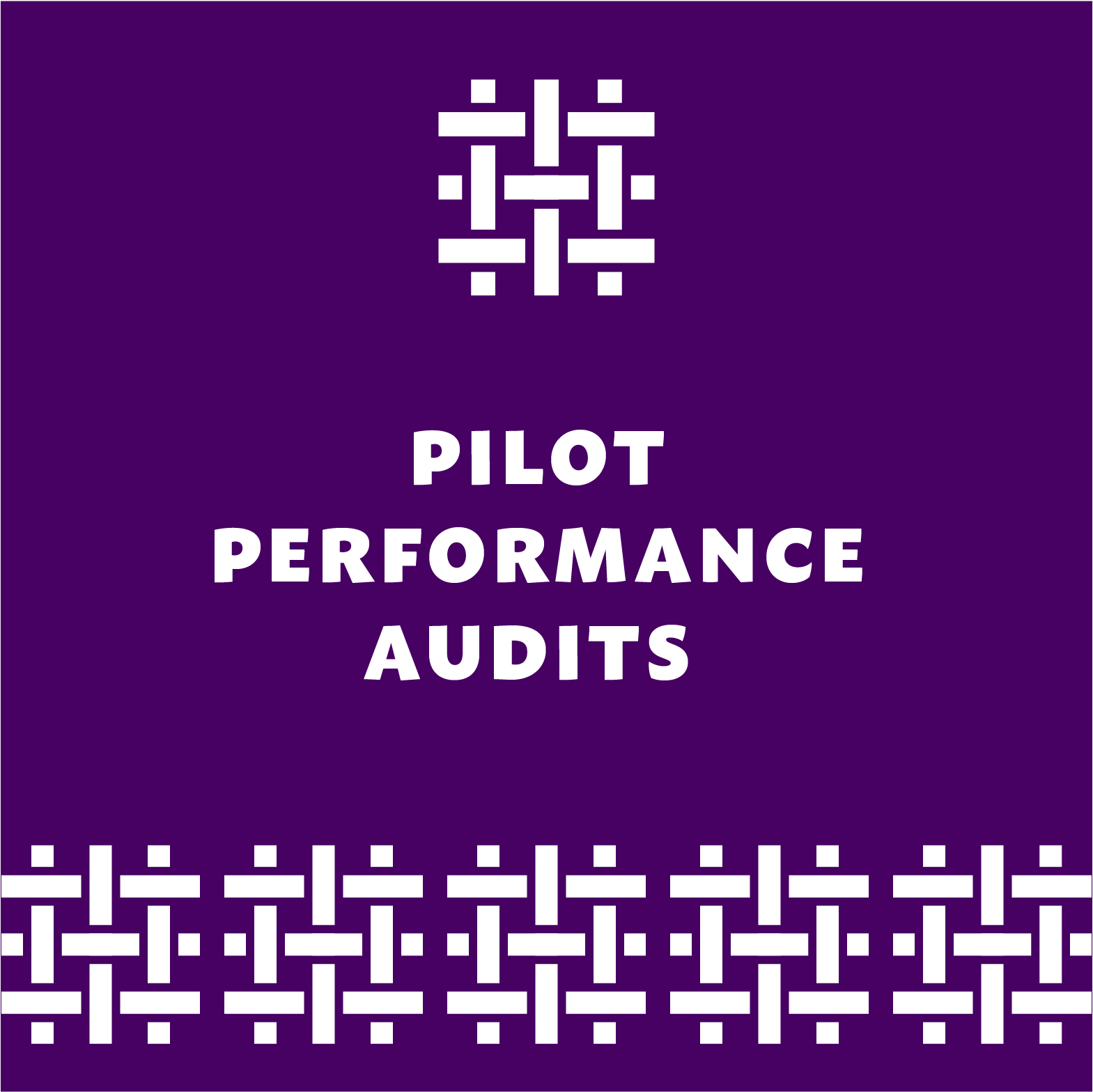
To bring everything together, SAIs will conduct one or more pilot performance audits, applying the new strategies developed from the other envelopes. This is where theory meets practice, allowing SAIs to test and refine their approaches truly.

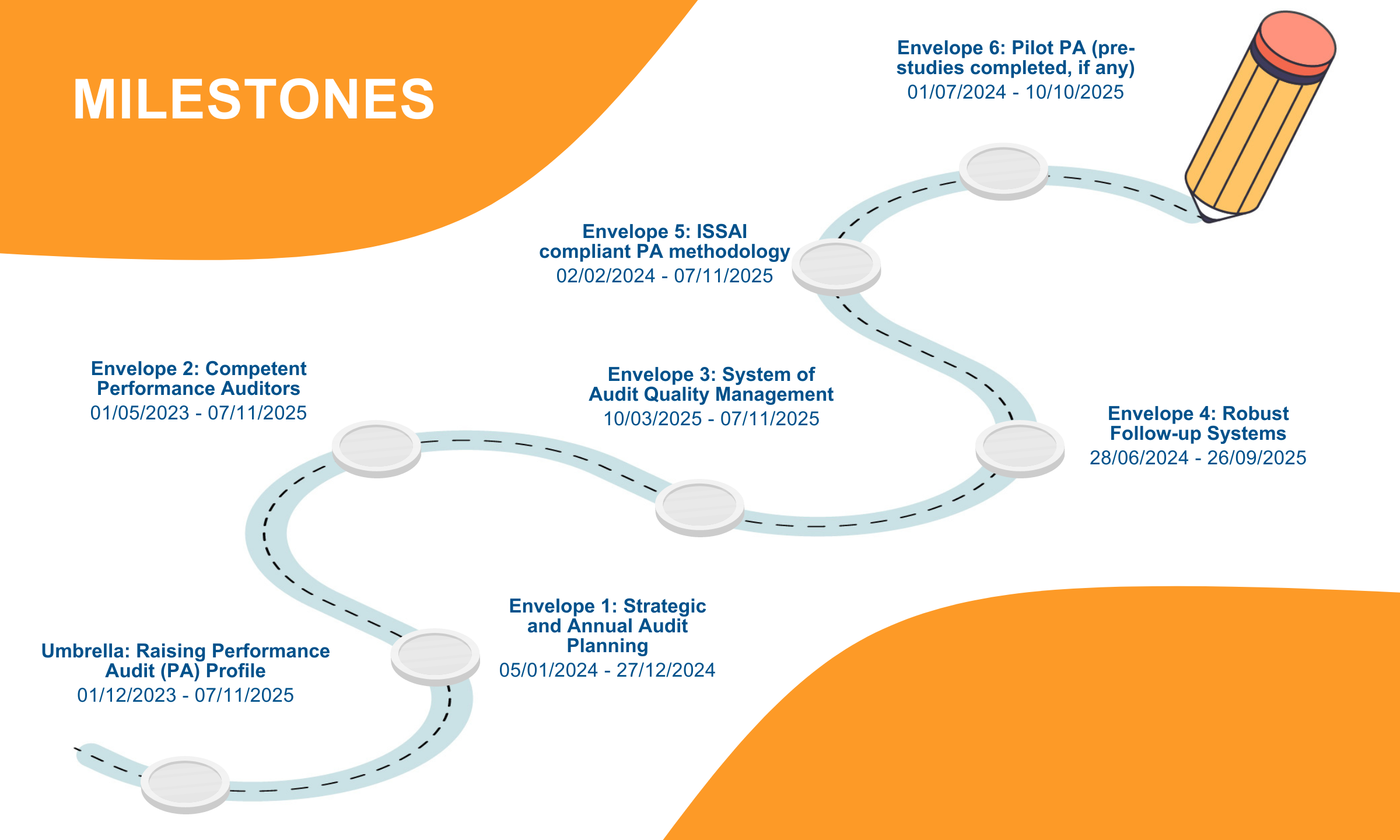

We have created a Global Team (GT) consisting of 2-3 recognised individuals from the INTOSAI community in the relevant field, IDI staff members, and two resource persons from each participating SAI. Resource persons are nominated by the Head of their respective SAI. The global team designs and develops generic approaches, methodologies, learning modules, and other documents relevant to implementation of the Phase II of the initiative. In addition, each SAI has created SAI Teams for the customization and implementation of products and activities for Phase II. SAI Teams are nominated by Heads of SAI with broad requirements specified by IDI. Including SAI resource persons in the global team exposes them to international best practices and gives them a voice in shaping products at the international level. With this experience and insights, the SAI resource persons work together with the IDI team to support the SAI teams in carrying our activities under the different envelopes to formulate fit for purpose solutions in the local context of the SAI. Developing capacities of the global SAI resource persons and SAI teams brings resources to the Initiative as well as is a longer-term sustainability measure at the SAI level. We visualize that these people will pass on the knowledge and skills acquired to a larger number of people in the SAI.

Recognising the critical role that SAI Leadership plays in sustainable performance audit practices, we regularly engage with SAI leadership at different levels in the SAI. We have started this engagement with the signing of statement of commitments and continue this engagement through leadership symposia and approval of policy documents related to enhancing sustainable audit practices.

Embracing a comprehensive approach to learning and development, we have designed a 'blended approach' that combines diverse and interactive formats. This includes leadership symposia, in person workshops for SAI teams, onsite visits, as well as design and development workshops. These are blended with online workshops, social learning, resources, reviews and support through the IDI’s integrated professional education and support platform.
